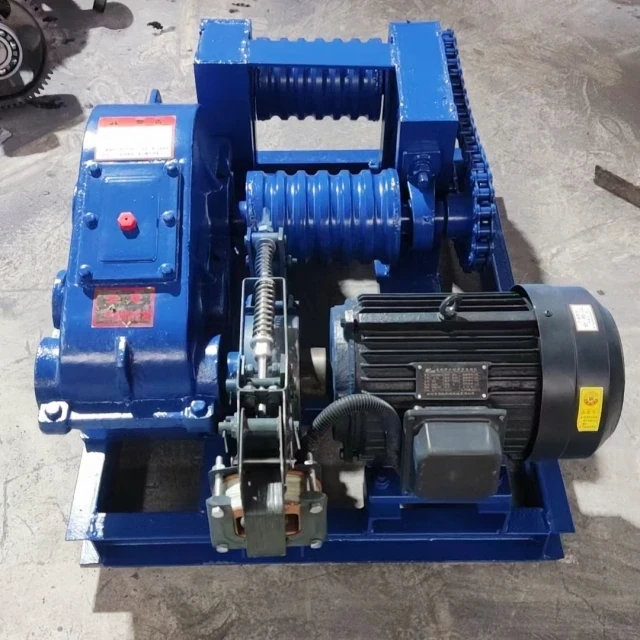Introduction
Hoist operations demand constant vigilance—yet operator negligence remains a leading cause of workplace accidents. This guide reveals the critical responsibilities of hoist operators, consequences of abandoning control stations, and actionable strategies to enforce compliance with OSHA/ANSI standards. Whether you're managing construction sites or industrial lifts, these protocols can reduce risks by up to 60% (OSHA data).
Operator Responsibilities During Hoist Operation
Why Constant Supervision Matters
Hoists require real-time adjustments for load stability, environmental changes (e.g., wind), and emergency stops. Operators must:
- Maintain visual contact with the load path
- Monitor load capacity indicators
- Keep hands on controls unless relieved by certified personnel
Did you know? A 2-second distraction during a 10-ton lift can cause catastrophic swing motions.
Consequences of Abandoning Control Stations
- Load Collisions: Unattended loads may drift into structures or workers.
- Equipment Damage: Overloading or abrupt stops strains cables and motors.
- Regulatory Penalties: OSHA fines for unattended hoists exceed $15,000 per violation.
Real-World Case: A 2021 Texas crane collapse, triggered by an operator leaving to answer a phone call, injured three workers and cost $200K in damages.
Enforcing Compliance with Hoist Safety Standards
Monitoring Systems for Accountability
Modern solutions like Garlway’s winch systems integrate:
- Biometric ID Verification: Ensures only trained operators activate equipment.
- Activity Logs: Tracks control station occupancy times.
- Alarm Triggers: Sounds alerts if the operator steps away.
Emergency Communication Protocols
- Two-Way Radios: Mandatory for operator-spotter coordination.
- Hand Signals: Standardized ANSI signals for noisy environments.
Question: How often does your team practice emergency stop drills?
Industry Best Practices for Risk Reduction
OSHA/ANSI Standards You Can’t Ignore
- OSHA 1926.1417: Requires operators to "remain at the controls at all times."
- ANSI B30.21: Mandates pre-shift equipment checks and load testing.
Training Programs That Work
Effective programs teach:
- Situational Awareness: Identifying blind spots and wind hazards.
- Fatigue Management: 20-minute breaks every 2 hours.
- Simulated Emergencies: Monthly drills for load drops or power failures.
Conclusion: Turn Protocols into Lifesaving Habits
Hoist safety hinges on enforceable policies—not just posted rules. Start today by:
- Auditing your monitoring systems (Garlway’s winches offer compliance-ready features).
- Scheduling quarterly ANSI-aligned training.
- Rewarding teams with perfect safety records.
Remember: A culture of accountability protects both lives and profitability.
Related Products
Related Articles
- How to Optimize Small Cement Mixer Positioning for Maximum Job Site Efficiency
- How Small Cement Mixers’ Smart Design Saves Time and Reduces Strain
- How to Verify Fasteners and Connectors in Concrete Mixers: A Safety-First Approach
- How Concrete Mixers Boost Profitability, Quality, and Sustainability in Construction
- How to Diagnose and Prevent Sensor Resistance Failures in Concrete Mixing Equipment

